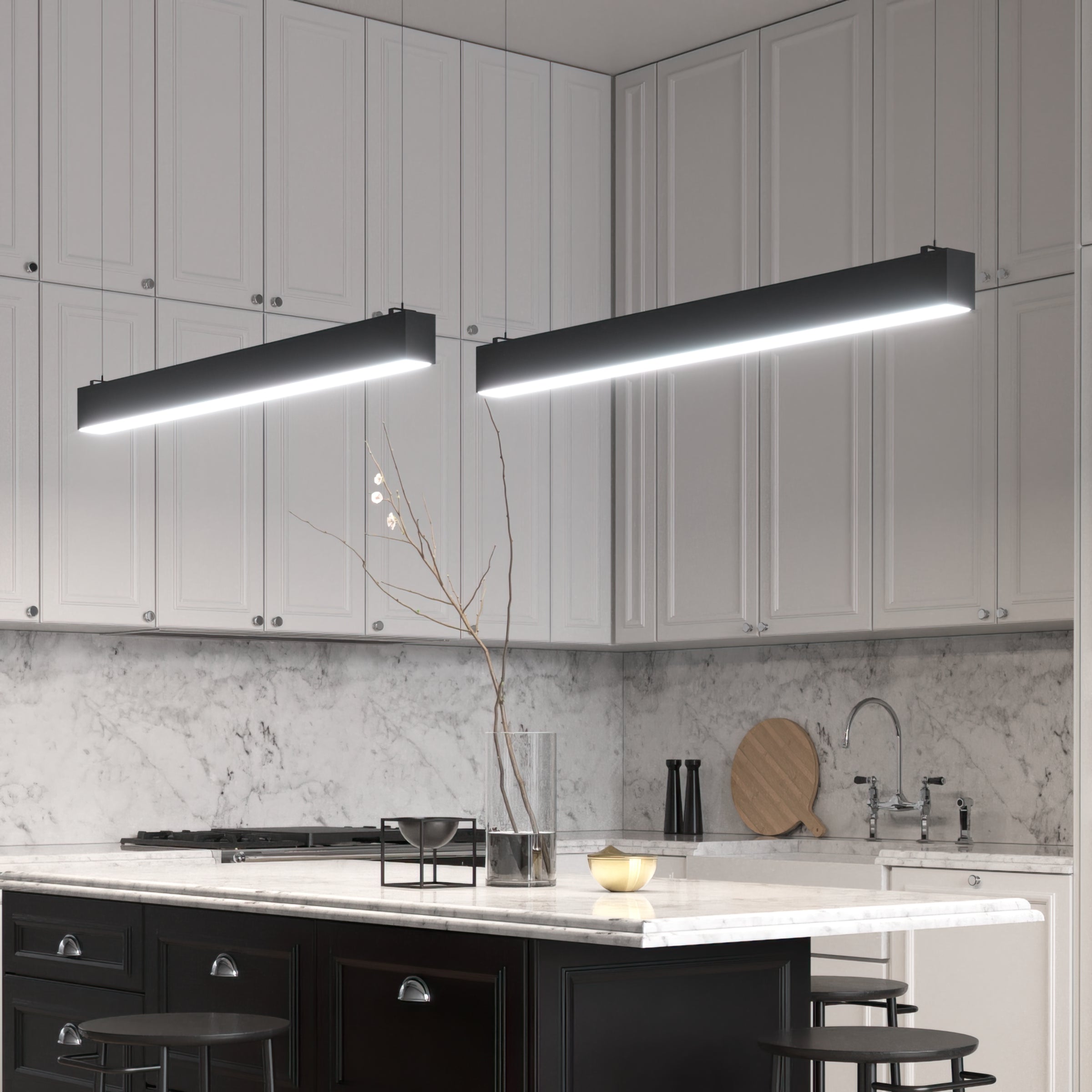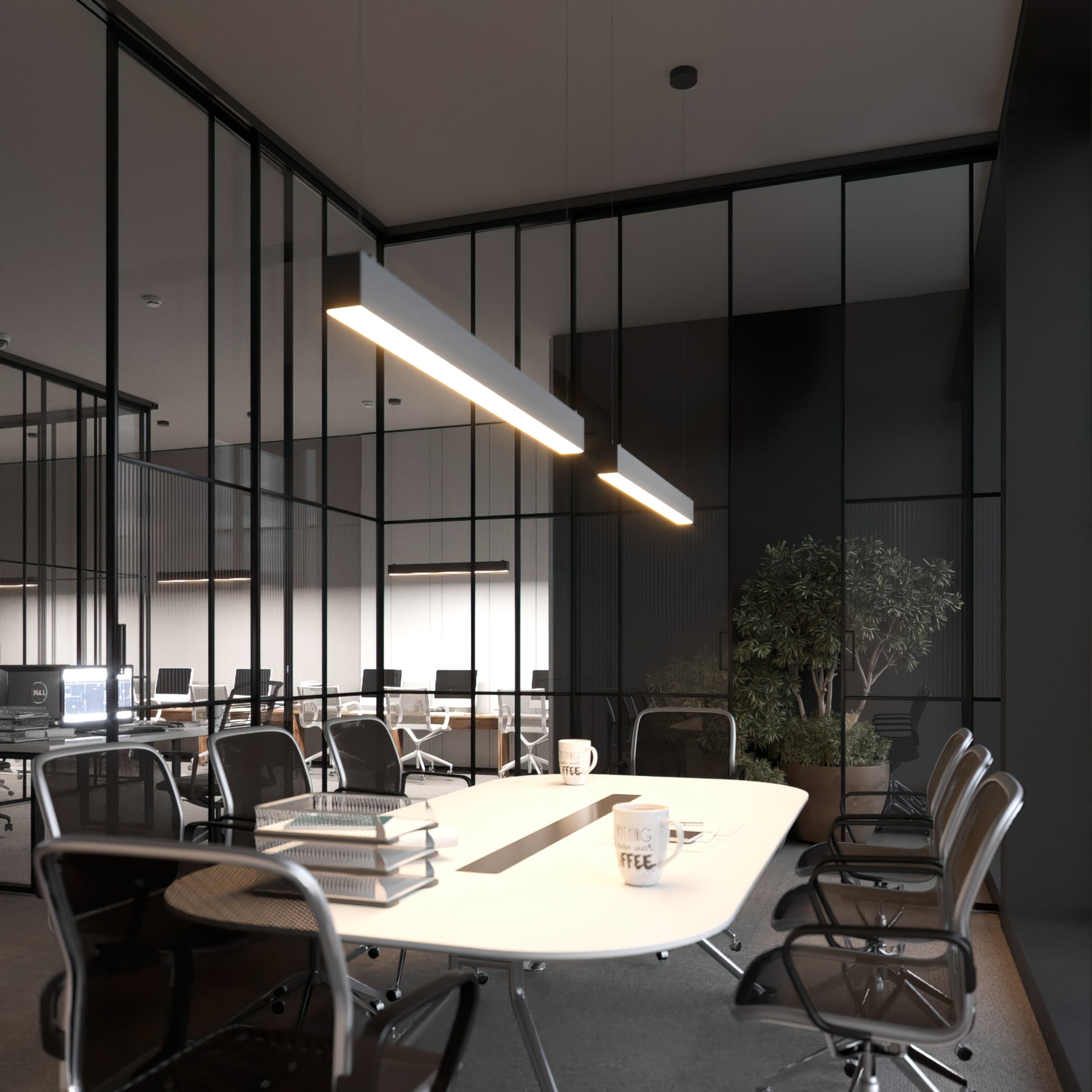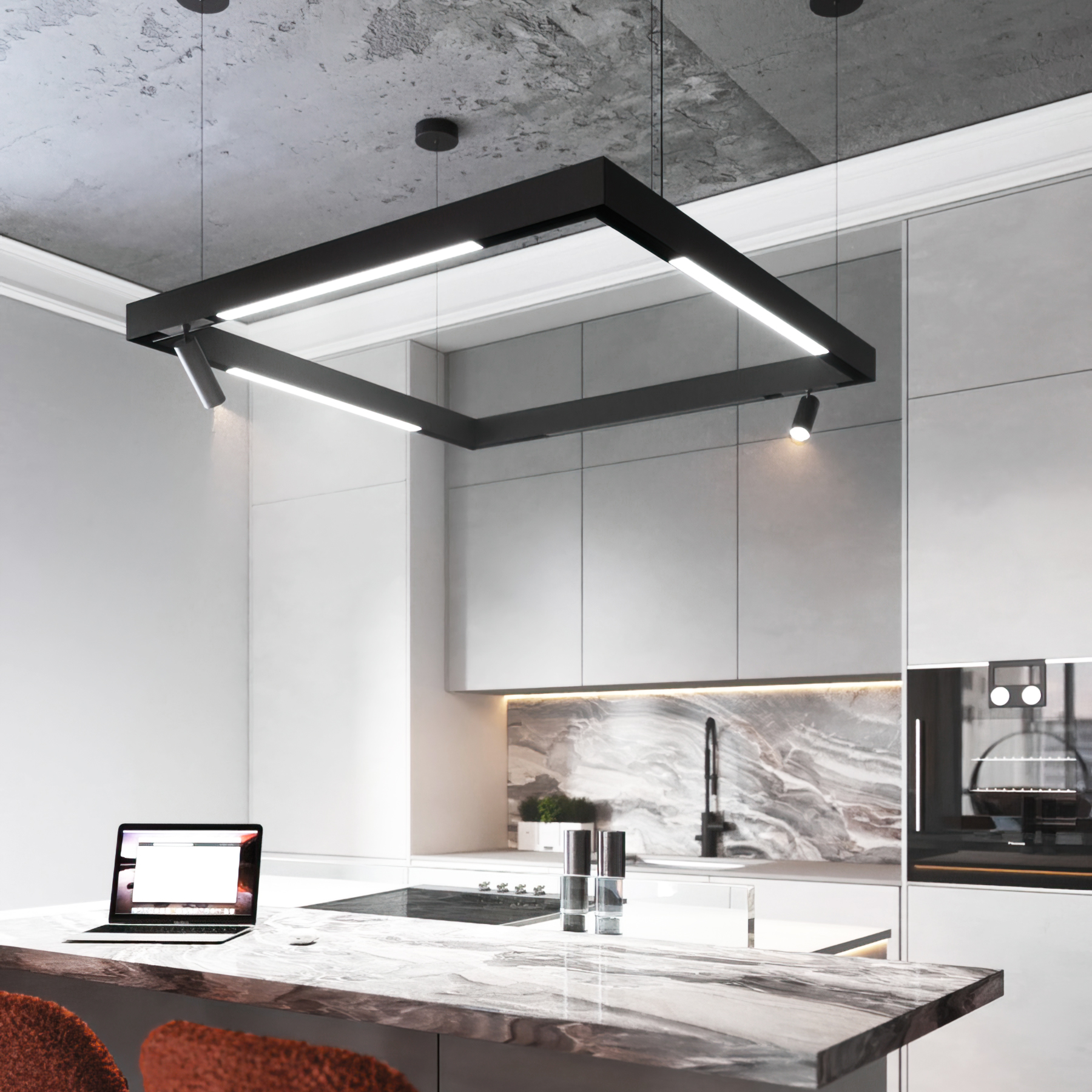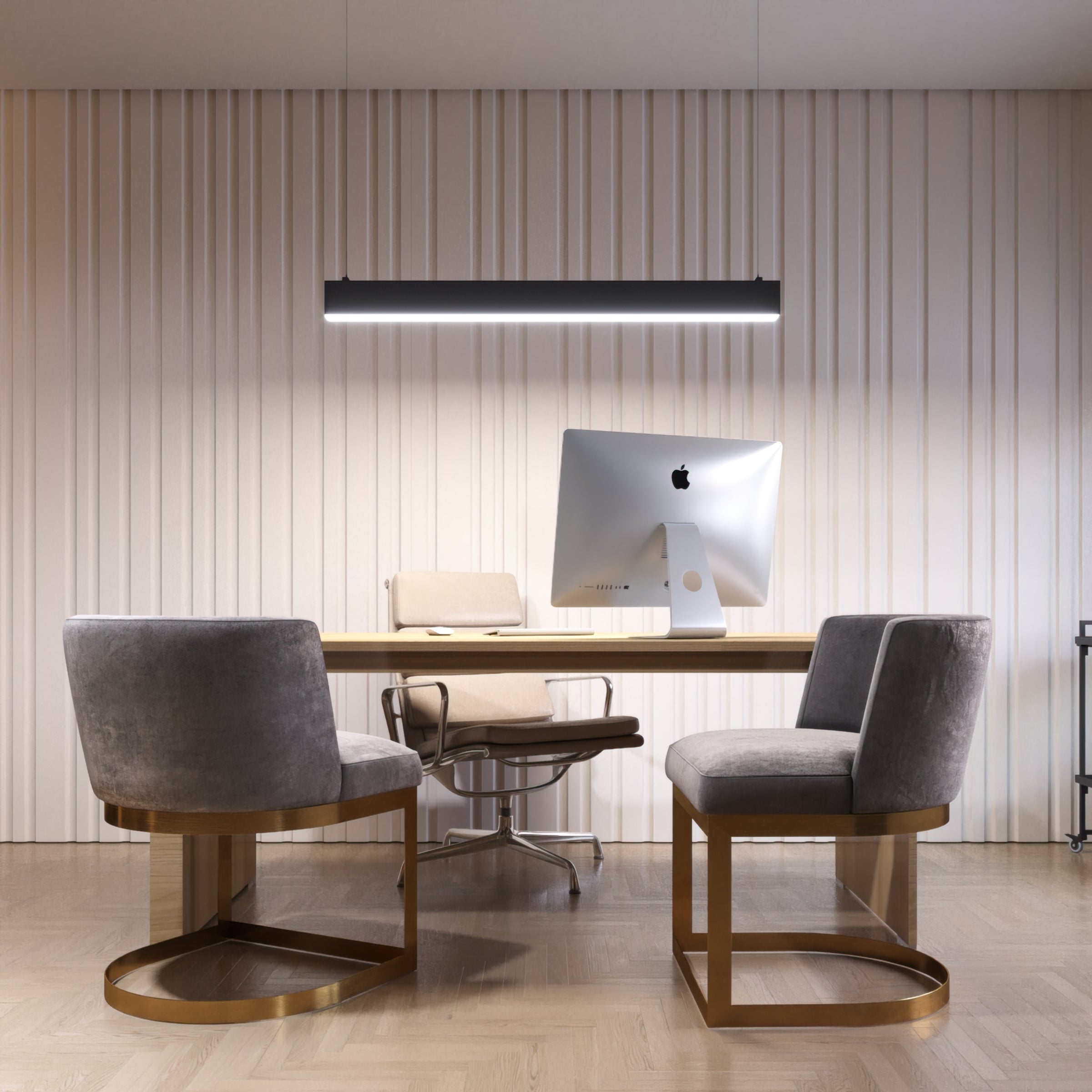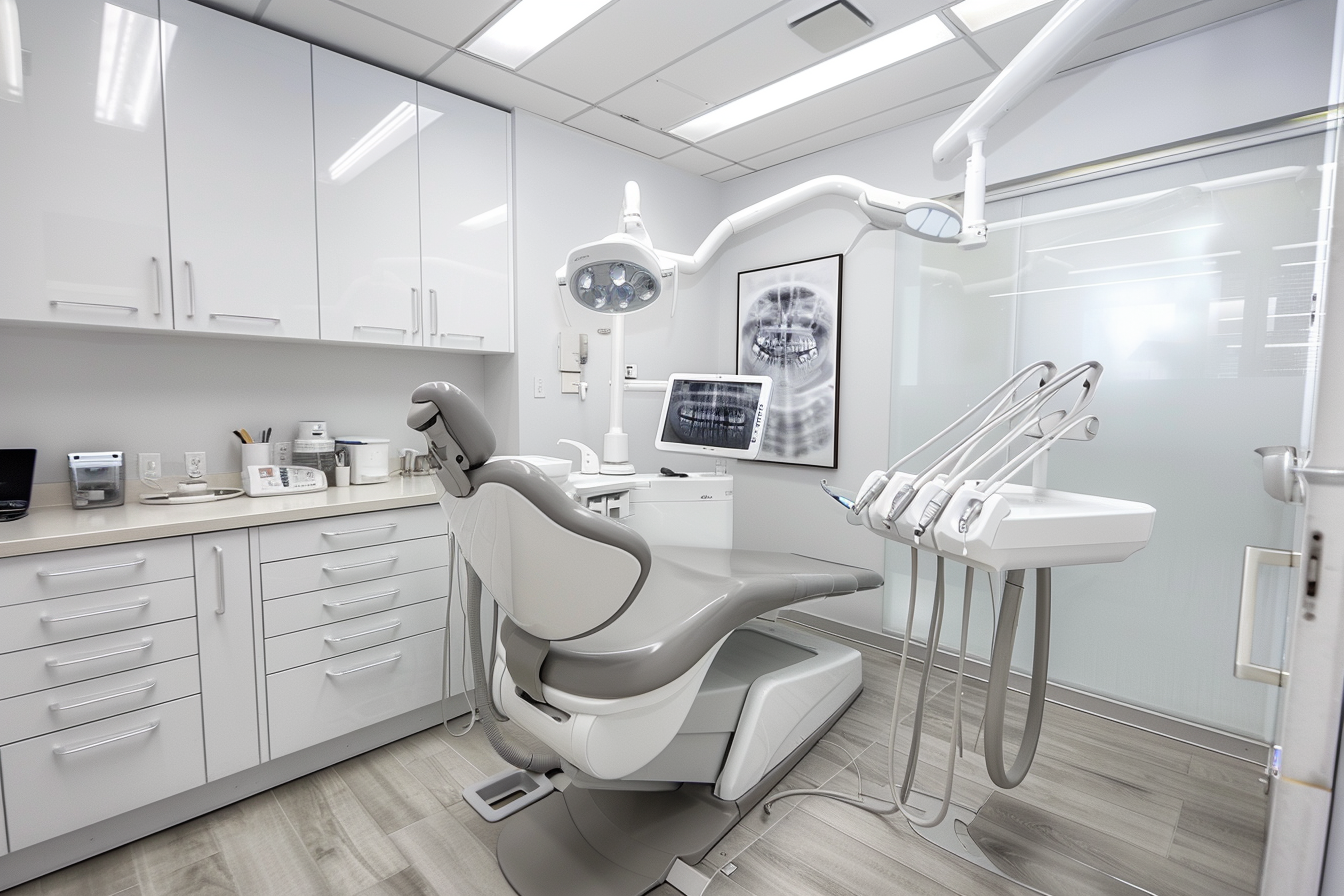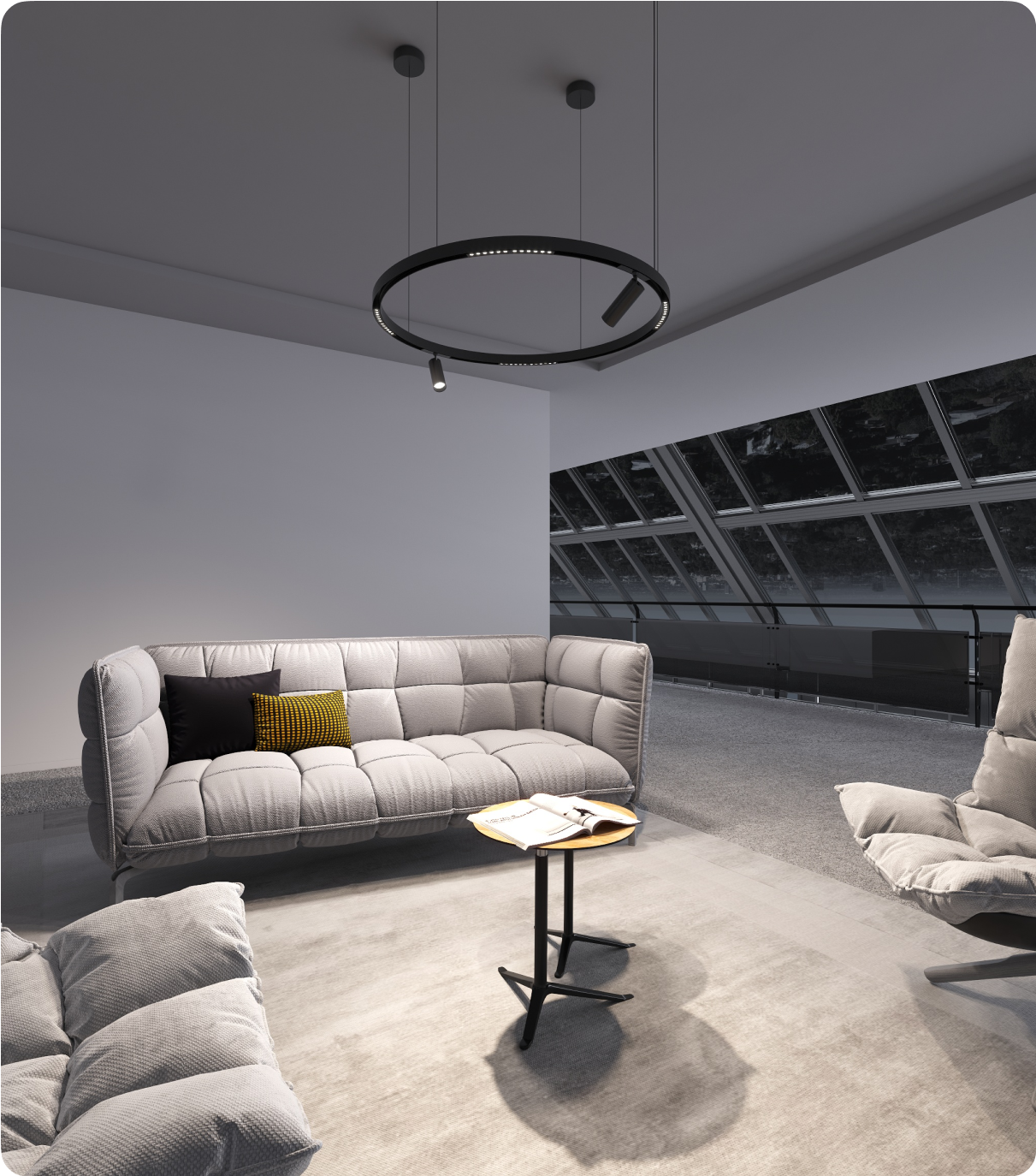Correct lighting is an essential facility in the dentistry ward that facilitates a clear view of what is inside the patient's mouth for the dentists. With the addition of lights, surgical microscopes offer great precision during complex treatments. Lighting is a significant part of the dentistry landscape today. Technology has led to the small, efficient dental lights of interest, with bright, uniform, compact-sized lights. This article will discuss fundamental points to be considered when selecting dental office ceiling lighting, such as color temperature, light intensity, choices of light pattern, mounting, and integration of dental LED lighting with other dental technologies. We will discuss the comparative benefits of LED to halogen, the prominent brand names, and pricing. In addition to offering various content, this guide is designed to help dentists select the perfect lighting system for their clinical settings.
The Importance of Lighting in a Dental Clinic
Having the right lighting setting in treatment rooms or labs is crucial. Ensuring that the lighting effectively illuminates the entire workspace without creating dark spots that hinder visibility is essential. Accurate diagnosis and treatment are critically important skills for doctors.
The fluctuating presence of natural light in treatment rooms, influenced by changing weather conditions, can hinder achieving balanced lighting. An incorrect color balance could prevent accurate assessment of shades and match with natural-looking teeth, potentially leading to significant issues with color matching and discoloration, affecting the quality of dental photos.
A clean, well-lit clinic can instill trust and confidence in patients about the dentist's treatment. If the lighting system is not operating as efficiently as before, it might be time to consider installing a new one. This would help determine whether the bulbs are working correctly, if the light pattern is balanced, or if the bulbs are gradually dimming. However, preserving reliability should remain the priority, as postponing a planned replacement could increase the risk.
LED Technology in Dental Lighting
LED lights, particularly those on the cutting edge of technology, significantly boost lighting performance and efficiency. This is why over 80% of medical lighting has transitioned to LED light sources in the past decade. LEDs, small semiconductor devices similar to diodes, emit light when a special p-n junction is forward-biased. Their solid-state nature allows them to operate with high efficiency, high flux density, and a long lifespan, making them the top choice for dental lighting.
Unlike High Intensity Discharge (HID)or Compact Fluorescent Lights (CFL), LEDs are heat-free components; this significantly reduces the chance of dehydrating these tissues and causes patients discomfort. Unlike traditional lighting sources, such as incandescent bulbs or fluorescent lights, LEDs emit a small fraction of ultraviolet (UV) radiation. Therefore, UV light from the LEDs will not accelerate the curing process or induce hardening of photoinitiated resins. The diffuser can be designed to project the light with a specific color (visible light spectrum). The power to control the color of the light from the operatory lights for detailed visual tasks and lighting assignments is a newly acquired trait.
Two Key Roles of Lighting in Dentistry
-
Task Lighting
Task lighting, used for specific activities such as operating lights (track lights, chair/surgical lights, etc.), should be sufficiently bright to allow for precise work, mainly when performing color matching for cosmetic and restorative procedures.
-
Ambient Lighting
This feature provides overall light for the workspace and helps create a pleasant atmosphere that boosts patient comfort and assurance. Properly balancing light can improve mood and thus prevent recurring headaches and tiredness.
Tips for Choosing Lighting for Your Dental Office
-
Enhancing Color Rendering
The LED package has to successfully pass the quality requirement tests on the color attributes, which are the most predominant indicator of the SPD. This feature enables SPDD to control the color rendering and light color. Hence, for LEDs to respond to thin changes in skin or tissue tones, they must be accurate in color reproduction. LEDs of a dental operating light must have a color rendering index (CRI) of no less than 90. Yet, the index only measures eight out of fourteen mirrored samples, and it does not account for the ability of the light source to display full-fledged colors correctly.
A response indicating deep reds can be observed on the color sample TCS09 from the set of saturated test colors analyzed. With that, we should add an R9 value (red color rendering index), which will supplement the general CRI index and have a minimum of 90 to achieve perfect red tissue visualization. To ensure that the LEDs faithfully take colors of the objects, they should emit radiant energy in the wide part of the visible light.
-
Combining Different Types of Fixtures
While dental office lighting was predominantly based on fluorescent tubes fixed in recessed fixtures, recent changes have provided opportunities for improved lighting options and a contemporary redesign of the space. Nowadays, most dental offices utilize overhead recessed lights for procedures, and some incorporate wall sconces or other accent lights to enhance patient comfort during various phases of their visit. Additionally, corridors and waiting areas can benefit from a variety of lighting solutions, offering both aesthetic appeal and functional enhancement, which are integral aspects of a dental office environment.
-
Selecting the Appropriate Temperature
While creating a light spectrum, the CCT of the light source is adapted. In medicine, the CCT range is from 4000K to 5500K, which is the typical standard. Higher color temperature equals more blue in the light, which is part of the color spectrum. The blue light from the pump LEDs can still be seen even when colored with a violet pump LED film. Products such as white Blend light, which consists of warm and cool white LEDs with variable white light spectrums, can prevent early maturation. For this purpose, a combination of mono-color LEDs such as red, green, blue, and amber is a suitable choice. Hence, you can manipulate blue emissions selectively.
-
Managing LED Operation and Dimming
The two-way LED drivers used for bright and color-adjustable lighting systems have multiple output channels to control each LED string independently. The integrated membrane keypad has been designed so that you can use buttons for dimming, switching on, or off operations. Some devices will have wave-activated IR sensors that can be operated hands-free, which may be very convenient in destructive procedures or where contamination has to be avoided. LED drivers may also have a wireless connection feature that can accept voice or touch commands and control the LEDs through mobile phone applications.
-
Prioritizing Ergonomics and Infection Prevention
Ensuring that the product is designed to prevent the passage of dust or fluids that do not require cleaning and maintain normal operation for an extended period is crucial. This entails having a smooth exterior surface not composed of weak material, as such material would be challenging to clean and unable to withstand UV sterilization. This aspect underscores the paramount importance of infection control, primarily focused on preventing the transmission of pathogens. Moreover, incorporating antimicrobial finishes into the product design significantly enhances its ability to inhibit the growth and proliferation of microscopic organisms, thus playing a pivotal role in advancing infection control efforts.
Another noteworthy aspect pertains to light fittings, which feature removable handles to facilitate movement. This functionality allows for easy adjustment of light direction and ensures optimal illumination for various tasks. Furthermore, the removable handles enable the device to be used in contamination-free environments during sterile operations, as maintaining an uncontaminated environment is imperative in such settings. This innovative approach enhances the functional performance of the lighting fixtures and contributes to efforts to ensure a sterile atmosphere during the operation process.
-
Opt for LED Instead of Fluorescent
Though once fluorescent lighting was the best option in all lighting areas, LED technology is now equally good as fluorescent light. LEDs are more energy-saving and eco-friendly compared to fluorescent lights. They may be more expensive to buy but consume less energy, so they save money in the long run. On top of that, LEDs produce the least amount of heat, among other things, including fluorescents. Therefore, LEDs are the most suitable choice for examination rooms where people's comfort is highly significant. You have to know that, in the case of having your dental clinic equipped with fluorescent bulbs, the easy upgrade to LED fixtures is possible.
